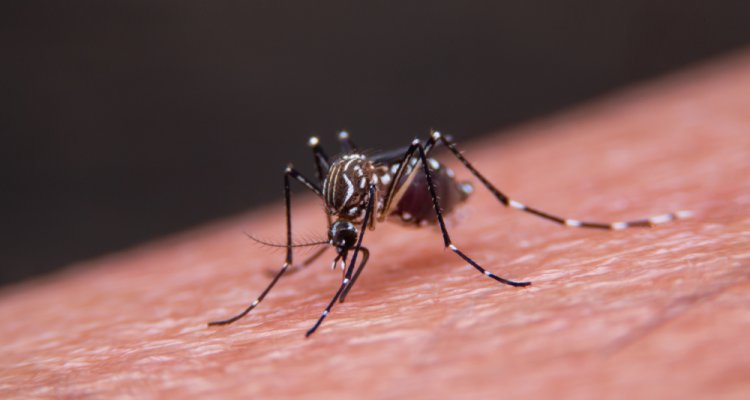
Promotie
The role of DNA methylation in Japanese encephalitis virus infection
Samenvatting
Japanese encephalitis virus (JEV) is a zoonotic virus that can seriously threaten human and animal health. Despite having vaccines, they're not perfect because the virus has different versions, and the vaccines don't cover all of them well. When the virus infects someone, it can be really severe, even deadly, in about 30% of those cases. So, there's a big push to understand it better to come up with more effective ways to fight it.
My research dives into a special process called DNA methylation. It's like adding tiny chemical tags to DNA, which can change how genes work without altering the DNA sequence itself. This tagging process plays a big role in various diseases, including other virus infections, but no one really knew what it did in JEV infections until now.
By studying mice infected with JEV, I found that the virus causes a change in DNA methylation in mice, which changes how certain genes operate. These changes can make the blood-brain barrier, a protective shield around the brain, leaky. This leakiness is bad because it lets harmful stuff into the brain that shouldn't be there. I found a specific gene that, when it occurs DNA methylation because of the virus, contributes to making the barrier even leakier.
Another part of my work looked at how the body tries to fight off the virus. I focused on a particular defender molecule called IRF2, which helps control the body's antiviral response. I discovered that IRF2 changes its chemical tags to better fight the virus, and if mice lack IRF2, they're more likely to die from the infection. This shows that IRF2 is really important in defending against the virus.
In essence, my research offers a peek into the tiny, molecular tug-of-war between the JEV and our bodies. Understanding these processes opens up new paths for developing treatments, not just for JEV but possibly other similar viruses. It's like finding the virus's secret weaknesses so we can design better weapons against it.